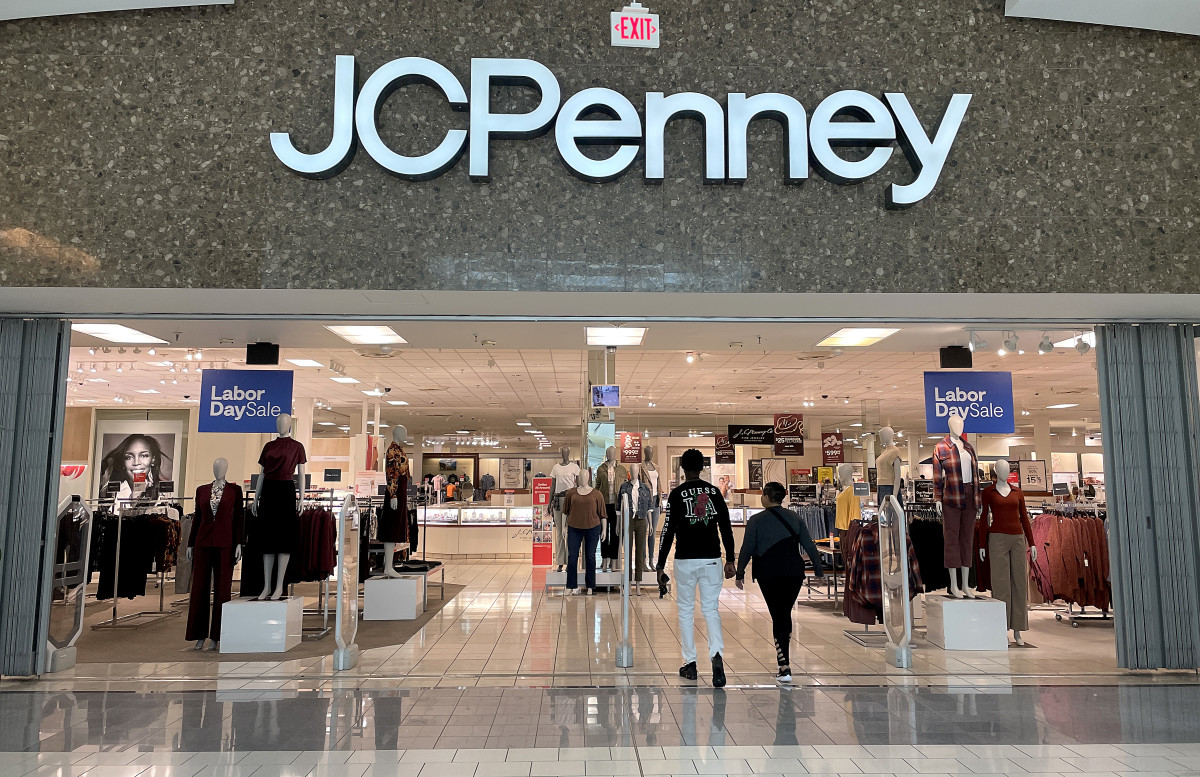
One of the biggest puzzles in modern retail has been trying to figure out how to attract formerly invigorated shoppers back through the doors (whether physical or virtual) of legacy mall retailers.
These once-popular stores take up large brick-and-mortar footprints in many malls and plazas across the United States. They typically pay an outsized rent for the privilege of being at the corner of a mall, where foot traffic is king and customers might find themselves popping into more stores than they'd originally intended simply because they're already there.
Related: Ulta CEO sounds the alarm on a growing problem
But those days are largely behind us. While some malls are indeed thriving — typically in post-Covid hotspots like Florida, South Carolina, and Arizona — the reality is that many malls are limping along with a fraction of the foot traffic they'd enjoyed 10 or 20 years ago.
Instead, customers are opting to shop in new ways. Perhaps they prefer the savings they get at outlet malls, which often carry the same mall labels like American Eagle, Ralph Lauren, J. Crew, and Nike at deeper discounts. They also tend to be outdoor experiences and more centrally located to populated areas, which can make for a more enjoyable and convenient shopping experience.
Some customers may opt instead for an even closer shopping experience at plazas with fewer stores but more savings. TJX Companies (TJX) , which operates stores like HomeGoods, Marshalls, and TJ Maxx, offer many of the labels you might see at a Macy's (M) or J.C. Penney (JCPNQ) but at a lower sticker price since these stores compile spillover from previous seasons.
Of course the elephant in the room is customers' overwhelming preference for online shopping, where one can compare the pricing of a given item across dozens of websites for the best deal. Plus, access and exposure to previously unknown brands is just a click away, which largely takes away from the market share a legacy mall retailer might have enjoyed pre-internet when you really had to go into a department store for anything from a prom dress to a Christmas sweater.

J.C. Penney unveils fierce comeback plan
Unless you've got the money, know-how, and resources to reinvent yourself every couple of business cycles, chances are you're struggling if you've been largely operating in the mall.
Such has been the case for J.C. Penney, which has been on the brink of death for approximately a decade and recently re-emerged from bankruptcy in late 2020. Three years later, it revealed an ambitious $1 billion comeback plan, promising store remodels, upgraded technology, and improved operations by 2025.
And in April, J.C. Penney shared one such part of the plan, which focuses on the customer-facing portion of the business. It will attempt to attract more excitement and vigor for the company, reworking its loyalty and rewards program in what it says could "deliver half a billion dollars back into the pockets of America’s diverse working families."
The upgraded program is now known as the J.C. Penney Rewards and Credit Program and boasts 20 million members. The program is free to join, and if interested customers join now, they'll receive $20 in CashPass rewards, plus an extra $10 earned after each $200 spent subsequently.
The retailer will host a More, More More Event on May 4 to kick off the revamped program, which will include savings and a chance to meet Shaquille O’Neal and attempt to make a three-point shot for the opportunity to win a mystery coupon of between $10-$100 off.
J.C. Penney is also revamping its credit card program; cardholders will now earn 1.5 CashPass points for every $1 spent at the store, earn a $10 CashPass Reward when they spend $133, and new cardholders can earn 35% off their first purchase made with the JCPenney Credit Card.







